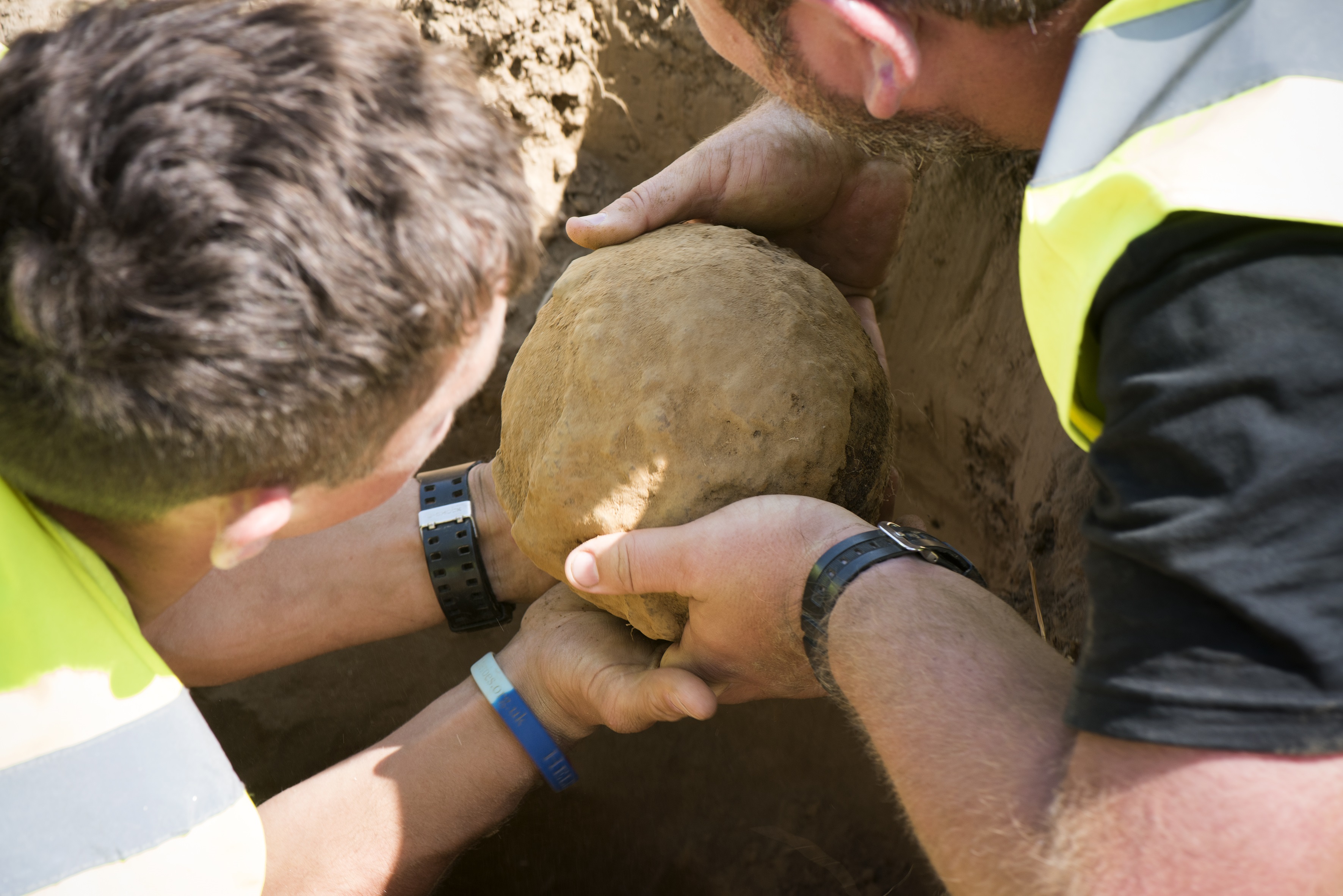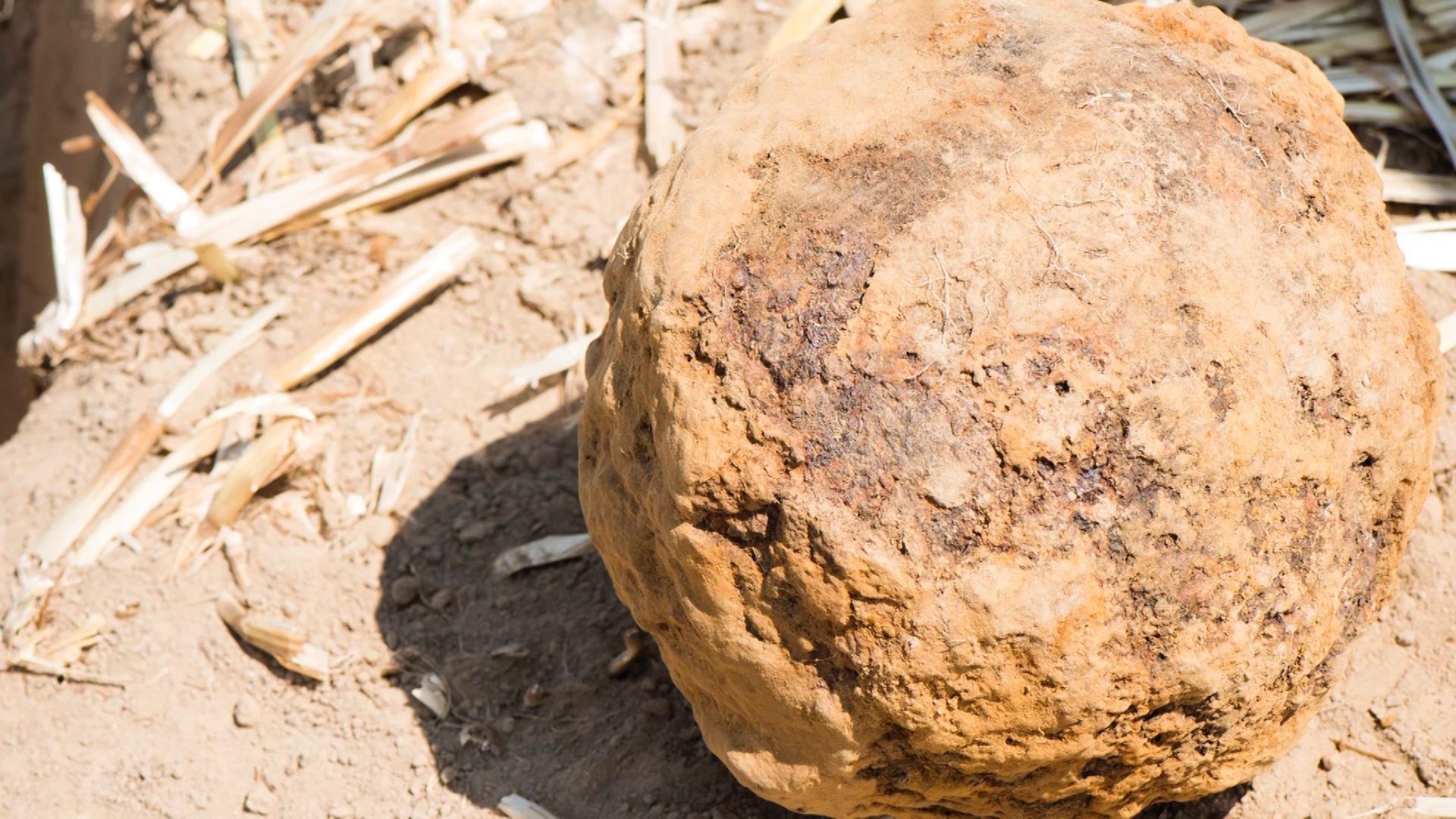Waterloo Uncovered: The Battlefield Dig To Overcome Trauma
Cannonballs and human remains found at the site of a field hospital by archaeologists and military veterans show how close Napoleon Bonaparte came to winning the Battle of Waterloo in 1815.
Waterloo Uncovered, a charity that uses archaeology as therapy for trauma and injury, organised the battlefield dig 600 metres behind Anglo-Allied lines.
The hospital was set up during the Battle of Waterloo in a farmhouse and is now the site of a brewery, but the fields nearby revealed how close Napoleon's army came to breaking through.
Leading Battlefield Archaeologist, Professor Tony Pollard, found an unexploded six-inch howitzer shell fired from a French howitzer in 1815.
"It really represents the climax of the battle, because that's the point at which Napoleon probably got closest to punching his way through the allied line," he said.

The charity, started in 2014, also unearthed human remains, including four amputated limbs likely to belong to some of the 6,000 treated by surgeons at Waterloo.
Amputations were performed in primitive conditions with no anaesthetic.
Professor Pollard explained: "Some of those bones may well have been shattered by high-velocity close-range musket fire.
"We do have veterans on the team who have had limbs amputated so it's a really thought-provoking experience."

Many of the 25 veterans are turning to archaeology as therapy for severe physical injury and psychological trauma.
Former Royal Engineer Phil Richards was at the spot where the Prussians joined the battle two centuries ago: "The whole project is just fantastic.
“It's nice to meet people with anxiety and depression, and find that they have the same problems as myself."
Former Royal Marine Alastair Eager enjoyed the “tangible connection” with historic objects, whilst enjoying the company of other veterans,
"It's like being back in again, the camaraderie, the banter. It's almost like you never left," he said.
The Waterloo Uncovered project is expected to continue, being joined by Dutch veterans and welcoming members from all of the nations who fought in Waterloo.









